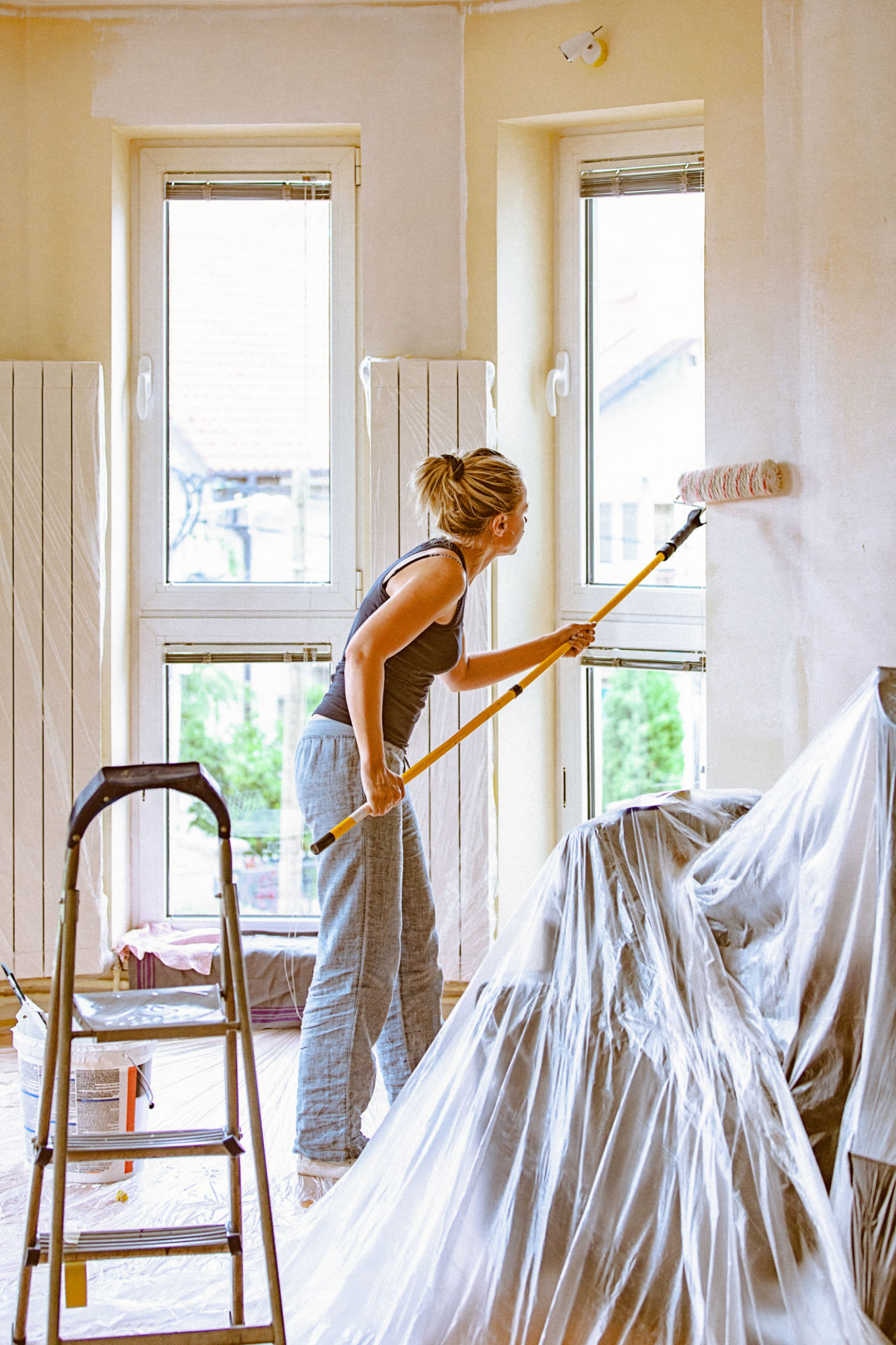DIY Tips: Applying Limewash for a Tactile and Natural Finish
Understanding Limewash
Limewash is a traditional, eco-friendly finish that has been used for centuries to provide buildings with a unique, natural appearance. Made from limestone that has been crushed, burned, and mixed with water, limewash creates a matte finish with subtle color variations. It's an excellent choice for those looking to add a tactile and natural feel to their home's interior or exterior surfaces.
One of the main benefits of using limewash is its breathability. It allows moisture to escape, making it an ideal choice for older buildings and masonry. Additionally, limewash is non-toxic and naturally mold-resistant, contributing to a healthier indoor environment.

Choosing the Right Surface
Limewash works best on porous surfaces like brick, stone, or plaster. For best results, avoid applying limewash on non-porous surfaces such as gloss paint or dense concrete. If you're unsure whether your surface is suitable, you can perform a simple test by spraying water onto it. If the water absorbs quickly, the surface is likely suitable for limewashing.
Before application, ensure that the surface is clean and free of any loose materials. Repair any cracks or damage to the surface to achieve an even finish. The presence of dirt or debris can affect the adhesion and final appearance of the limewash.
Preparing Your Limewash
To prepare your limewash, you'll need hydrated lime, water, and a natural pigment if you desire color. Begin by mixing one part hydrated lime with one part water in a large bucket. Stir the mixture until it achieves a smooth consistency. For added color, gradually add natural pigments until you reach your desired shade.

It's important to note that limewash will appear darker when wet and dry lighter. Therefore, it's recommended to test the color on a small area before full application. The mixture should have a consistency similar to milk, allowing it to penetrate and adhere to the surface effectively.
Application Techniques
Limewash can be applied using a brush, roller, or sprayer, depending on the size and texture of the surface. A wide, natural bristle brush often provides the most authentic look. When applying with a brush, use long, overlapping strokes to create an even coat. For added texture, consider using a stippling technique by dabbing the brush onto the surface.
Apply at least two coats of limewash for optimal coverage and durability. Allow each coat to dry thoroughly before applying the next. Depending on weather conditions, this can take anywhere from several hours to a full day. It's crucial to keep the surface damp between coats to ensure proper adhesion.

Maintaining Your Limewashed Surfaces
Limewashed surfaces are known for their durability and low maintenance requirements. However, over time, you may notice some fading or wear in high-traffic areas. To refresh your limewashed finish, simply apply another coat following the same application techniques.
Regularly inspect your surfaces for signs of damage or wear and address any issues promptly. With proper care, limewash can last for many years, providing a beautiful, natural finish that enhances the character of your home.
In conclusion, limewashing is a versatile and eco-friendly way to transform your space with a tactile and natural finish. Its unique properties not only enhance aesthetic appeal but also promote a healthier living environment. Whether you're updating an interior room or revitalizing an exterior facade, limewash offers a timeless style that stands out in any setting.
